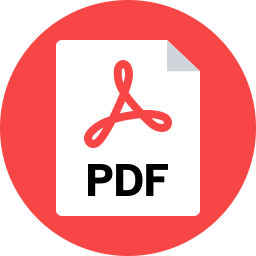Central Banks
Central Banks are charged with regulating the size of a nation’s money supply, the availability and cost of credit, and the foreign-exchange value of its currency.  Regulation of the availability and cost of credit may be designed to influence the distribution of credit among competing uses. The principal objectives of a modern central bank in carrying out these functions are to maintain monetary and credit conditions conducive to a high level of employment and production, a reasonably stable level of domestic prices, and an adequate level of international reserves.
Regulation of the availability and cost of credit may be designed to influence the distribution of credit among competing uses. The principal objectives of a modern central bank in carrying out these functions are to maintain monetary and credit conditions conducive to a high level of employment and production, a reasonably stable level of domestic prices, and an adequate level of international reserves.
Function of a Central Bank
A central bank usually carries out the following responsibilities:
-
Implementation of monetary policy.
- Controls the nation's entire money supply.
- The Government's banker and the bankers' bank ("Lender of Last Resort").
- Manages the country's foreign exchange and gold reserves and the Government's stock register;
- Regulation and supervision of the banking industry
- Setting the official interest rates- used to manage both inflation and the country's exchange rate - and ensuring that this rate takes effect via a variety of policy mechanisms
For more information about the functions of various Central Banks click on the links below:
Bank of Indonesia
Central Bank of Malta
Central Bank of Yeman
Bank of England
Bank of Japan
To get an elaborate list of websites of Central bank of different countries click here.
Watch a Video
This video lesson graphically presents the three tools Central Banks have at their disposal for managing the level of aggregate demand in the economy. Through increasing or decreasing the money supply, a central bank has influence over the interest rates in a nation, and therefore over the level of investment and consumption among firms and households. To accomplish this, three tools are employed: The reserve requirement, the open market purchase or sale of government bonds, and the discount rate.This lesson illustrates these three tools and explains the relative importance of each to monetary policy makers.





